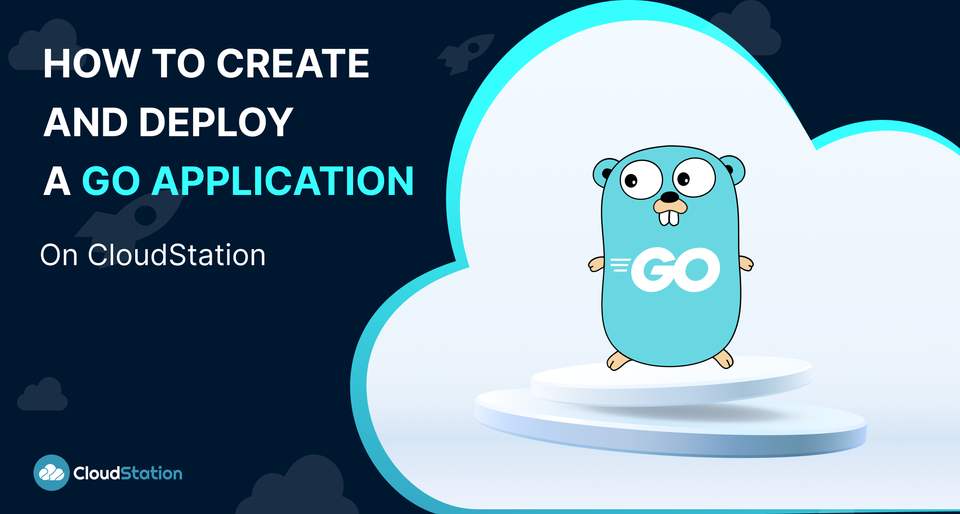Deploy a Go App in Minutes: Easy Deployment for Developers

In this blog post, we will walk you through the process of creating a simple Go application and deploying it on CloudStation. CloudStation is a developer-friendly serverless platform that simplifies the deployment, monitoring and scaling processes, allowing you to focus on writing code without worrying about infrastructure.
Creating a Simple Go Application
We will start by giving you an overview of the Go application we'll be working with. This application is a simple web server that displays a message, server information, and a fun fact, and it includes a form for submitting messages.
Here's a quick summary of the steps involved in creating the application:
- Setting up the project directory.
- Writing the Go code.
- Initializing the Go module.
For the complete code and detailed instructions, you can refer to our comprehensive Documentation.
Deploying the Go Application on CloudStation
Deploying your Go application on CloudStation is straightforward. Follow these steps:
- Sign up for CloudStation: Ensure you have an account. If you don't have one yet, sign up here.
- Fork the Repository: Click the Fork button at the top-right of the repository to create your own copy.
- Navigate to the CloudStation Dashboard: Go to the CloudStation Dashboard and create a new project.
- Connect to GitHub: Click on Add New and select GitHub. In the repositories list, select the repository you just forked.
- Deploy Your Application: Choose a subdomain for your app, such as
golang-example, and click Deploy.
Watch the video below for a step-by-step walkthrough of the deployment process:
Deploying Go applications with no DevOps needed
Understanding the Deployment
- Automatic Build with Nixpacks: CloudStation uses Nixpacks to automatically build your Go application, so you don't need a Dockerfile. Nixpacks detects the programming language and framework, managing the build process seamlessly.
- Port Configuration: This Go application runs on port 3000. CloudStation uses port 3000 by default for deployed applications, so no changes are needed in the application configuration.
Customizing Your Application
Once your application is deployed, modifying it is simple:
- Make changes in your forked repository.
- Push the changes.
- CloudStation will automatically rebuild and redeploy your application.
Conclusion
Creating and deploying a Go application on CloudStation is both easy and efficient. By leveraging CloudStation's serverless platform and Nixpacks, you can focus on developing your application without the hassle of managing infrastructure. For detailed instructions and the complete code, visit our Documentation.
Happy clouding ☁️!!
